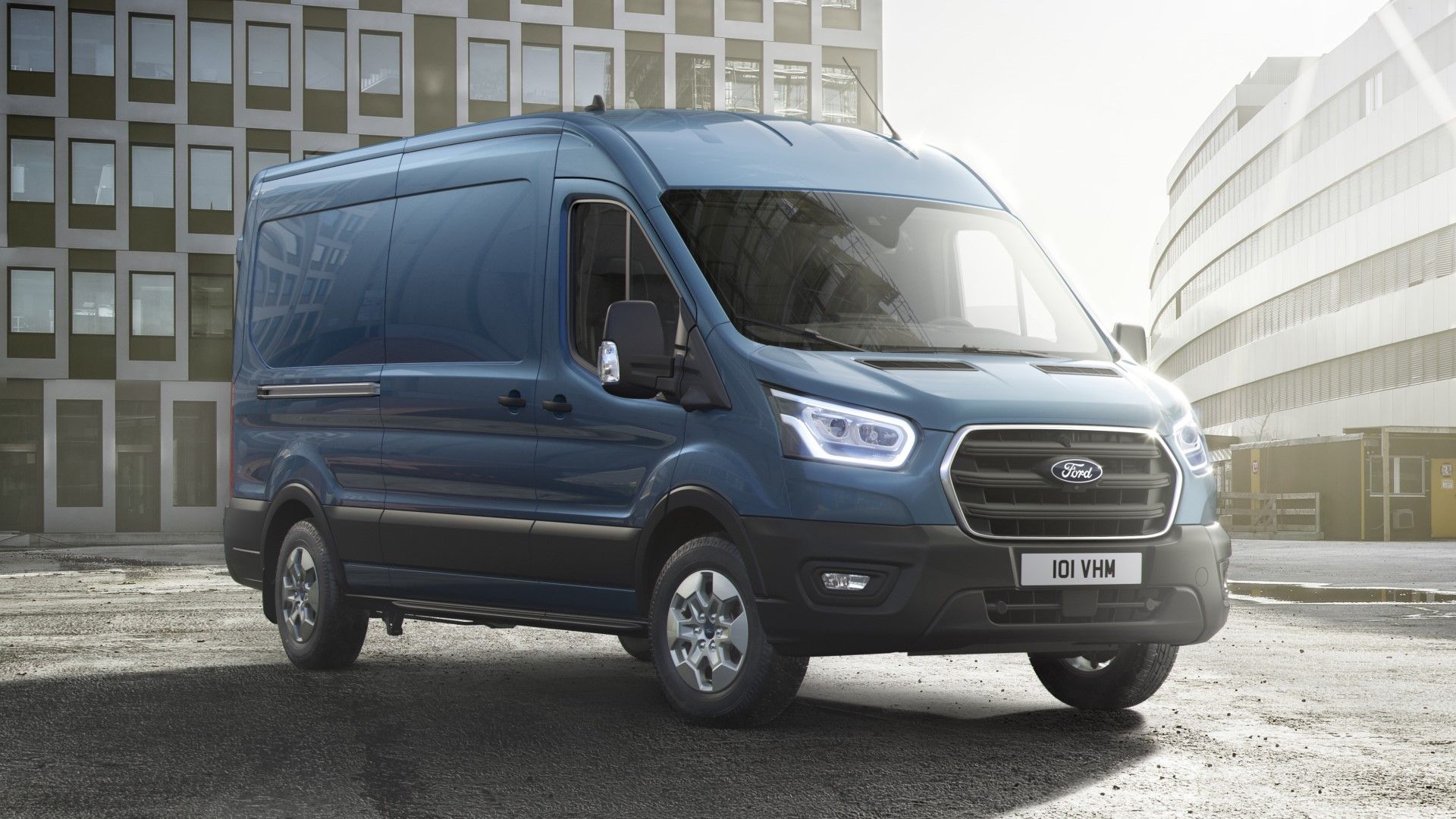Factors Influencing the Price
The price of the 2026 Ford E-Transit is influenced by various factors, including the size and capacity of its battery, its range, and the features it offers. These elements contribute to the overall cost of manufacturing and production.
Battery Size and Range
The size and capacity of the battery are major determinants of the vehicle’s price. Larger batteries with higher capacities enable longer ranges, which typically come at a higher cost. The range of the E-Transit, measured in miles per charge, plays a significant role in determining its overall value to potential buyers.
Features and Options
The features and options offered in the E-Transit also impact its price. Advanced features such as driver-assist technologies, infotainment systems, and comfort amenities add to the vehicle’s overall cost. Buyers can choose from various trim levels and packages, each offering a different combination of features, further influencing the price.
Manufacturing and Production Costs
The manufacturing and production costs of the E-Transit are another key factor influencing its price. These costs include the raw materials used, the labor involved in assembly, and the overhead expenses associated with production. Efficient manufacturing processes and economies of scale can help reduce production costs, which can ultimately be reflected in the vehicle’s price.
Comparison to Competitors

To assess the competitiveness of the 2026 Ford E-Transit, it is crucial to compare its pricing and specifications to those of other electric vans in the market.
The table below provides an overview of key specifications and prices of competing models:
Competing Electric Vans
| Model | Battery Capacity (kWh) | Range (miles) | Payload Capacity (lbs) | Price |
|---|---|---|---|---|
| Rivian EDV | 120-180 | 200-300 | 5,000 | $70,000-$90,000 |
| Mercedes-Benz eSprinter | 55 | 115 | 2,822 | $59,995-$65,995 |
| Volkswagen e-Crafter | 35.8 | 110 | 3,086 | $57,500-$64,500 |
| Chevrolet Bolt EUV | 65 | 259 | 1,400 | $31,995-$37,495 |
| Ford E-Transit | 67 | 126 | 3,800 | $43,295-$56,975 |
The Ford E-Transit is priced competitively within the electric van market. It offers a comparable range and payload capacity to the Mercedes-Benz eSprinter and Volkswagen e-Crafter at a lower price point. However, it has a smaller battery capacity and range than the Rivian EDV, which comes at a higher cost.
Overall, the Ford E-Transit presents a strong value proposition in the competitive electric van market, offering a balance of price, performance, and payload capacity.
Value Proposition
The 2026 Ford E-Transit offers a compelling value proposition for businesses and fleet operators. As an all-electric van, it delivers significant benefits compared to traditional gasoline-powered models, including lower operating costs, enhanced productivity, and improved environmental sustainability.
The E-Transit’s all-electric powertrain eliminates the need for fuel, resulting in substantial savings on fuel expenses. Electric motors are also more efficient than internal combustion engines, reducing maintenance costs and extending the vehicle’s lifespan.
Quantified Savings
- Fuel Savings: The E-Transit can save businesses up to $1,500 per year on fuel costs compared to gasoline-powered vans.
- Maintenance Savings: Electric motors require less maintenance than gasoline engines, resulting in savings of up to $500 per year on maintenance expenses.
- Total Savings: Businesses can expect to save up to $2,000 per year on operating costs with the E-Transit.
Target Market and Pricing Strategy

The Ford E-Transit is targeted toward businesses and fleet operators seeking sustainable and efficient transportation solutions. Ford’s pricing strategy aims to appeal to this audience by offering competitive pricing and a range of options to suit different business needs.
Market Segmentation and Niche Targeting
Ford has segmented the market for the E-Transit into three main categories: small businesses, large businesses, and government agencies. Each segment has specific needs and requirements, and Ford’s pricing strategy is tailored to meet these needs. For example, small businesses may be more price-sensitive, while large businesses and government agencies may prioritize features and performance.
Additionally, Ford has identified specific niches within the market, such as delivery services, construction companies, and utilities. The company has developed pricing packages and incentives that cater to the unique requirements of these niches.
FAQ Corner
What is the starting price of the 2026 Ford E-Transit?
The starting price for the 2026 Ford E-Transit is expected to be around $40,000.
What factors influence the price of the 2026 Ford E-Transit?
The price of the 2026 Ford E-Transit is influenced by factors such as battery size, range, features, and production costs.
How does the price of the 2026 Ford E-Transit compare to competitors?
The 2026 Ford E-Transit is priced competitively compared to other electric vans in the market, such as the Rivian EDV and the Mercedes-Benz eSprinter.
What are the potential savings in operating costs with the 2026 Ford E-Transit?
Potential savings in operating costs with the 2026 Ford E-Transit include reduced fuel costs and lower maintenance expenses.
